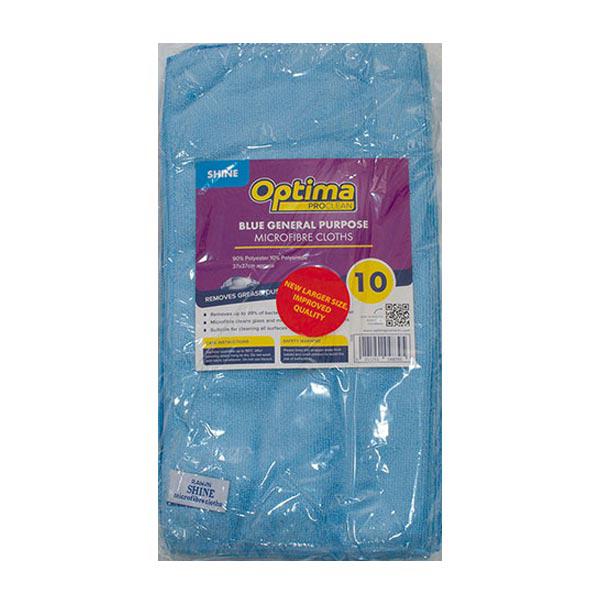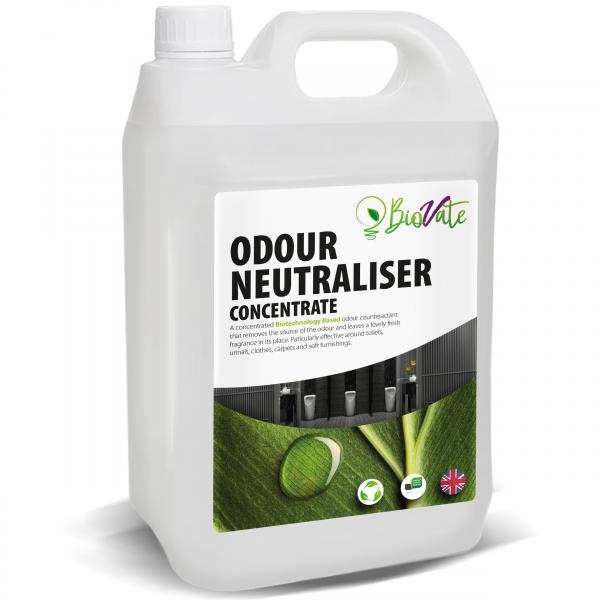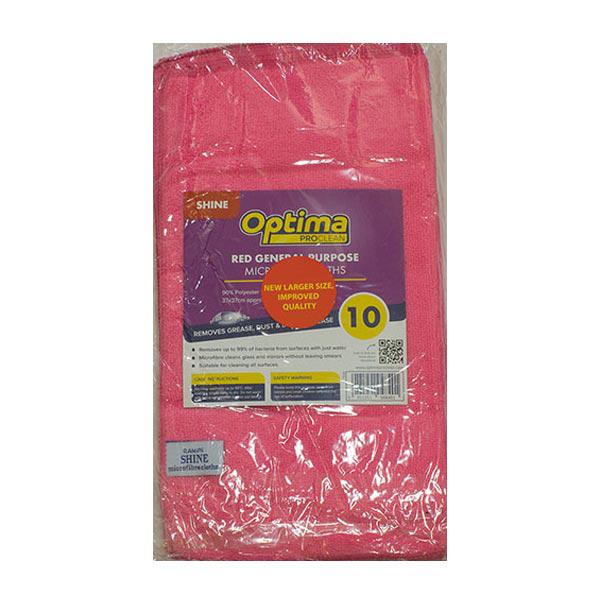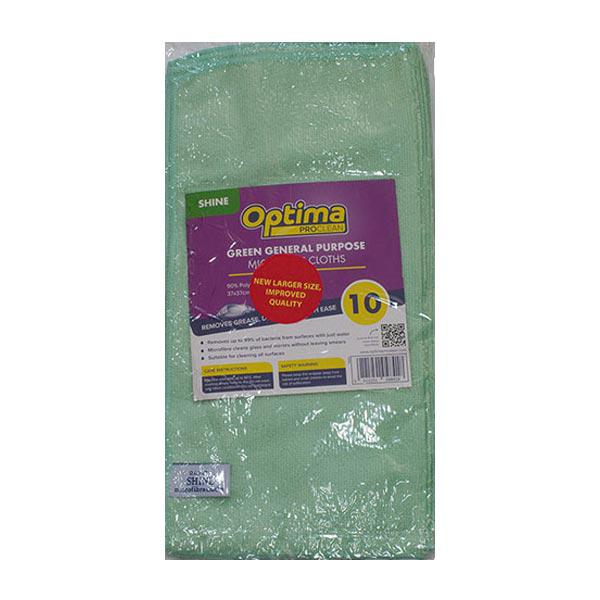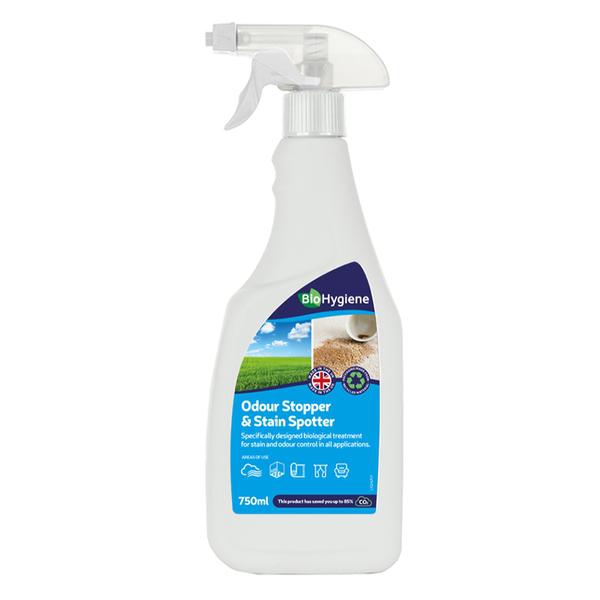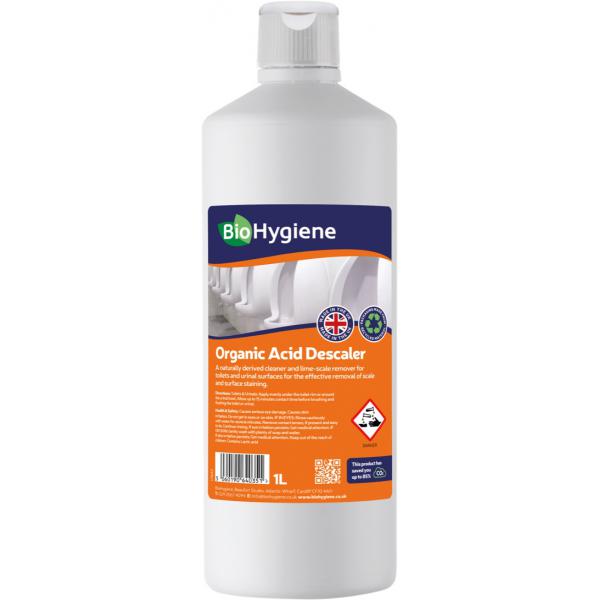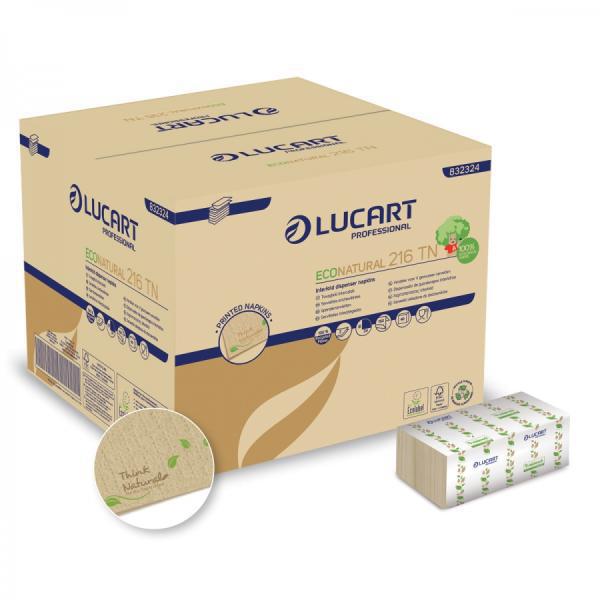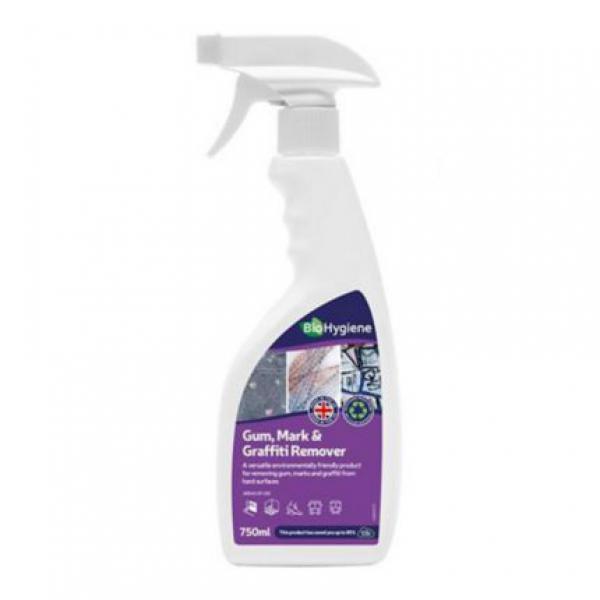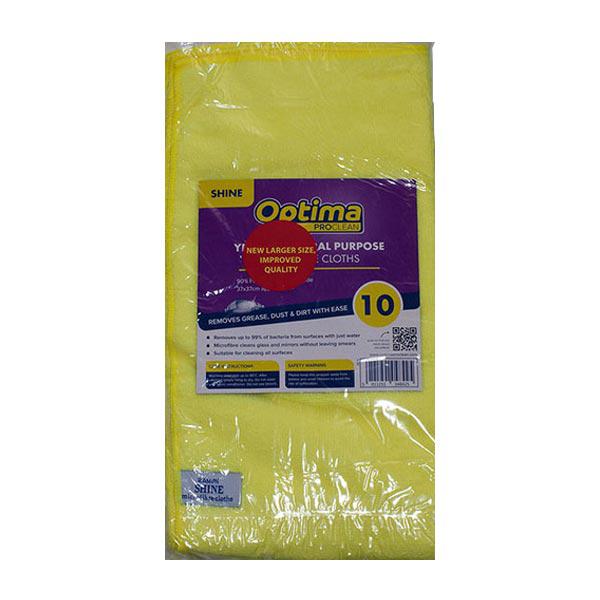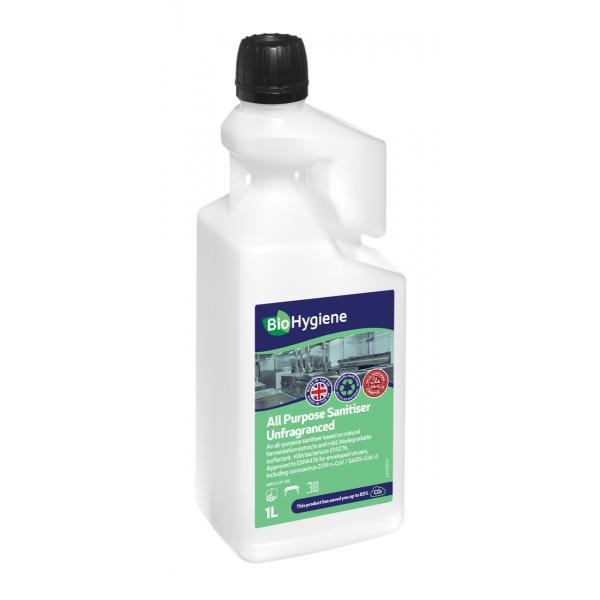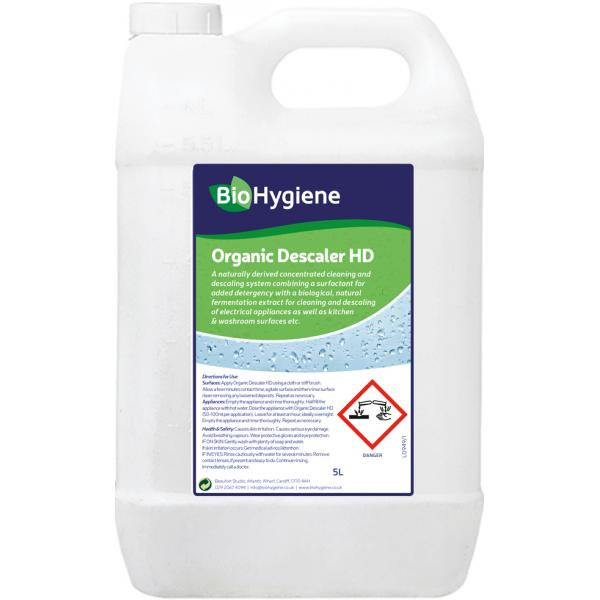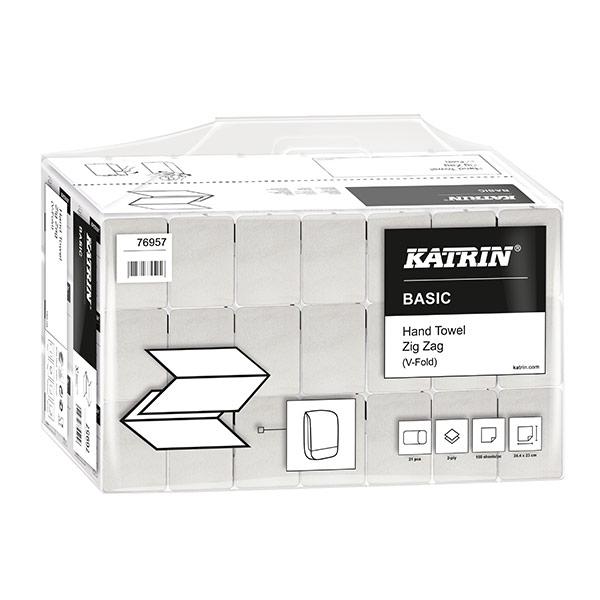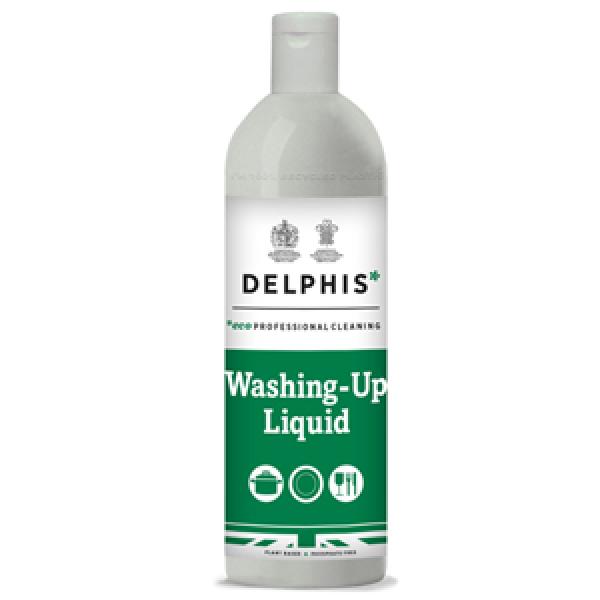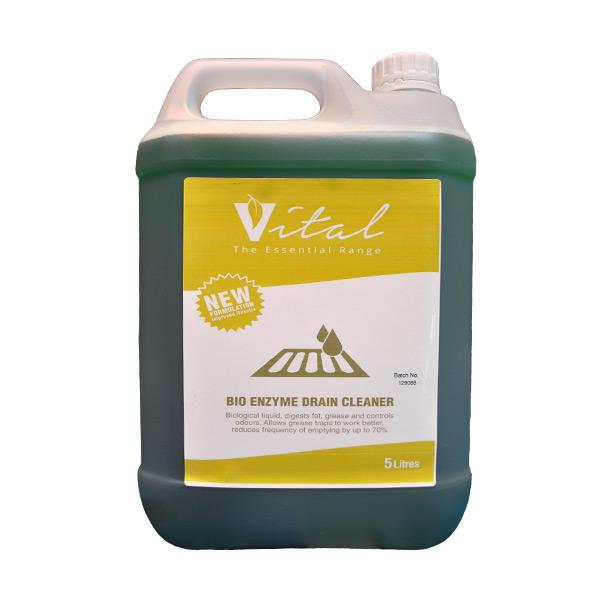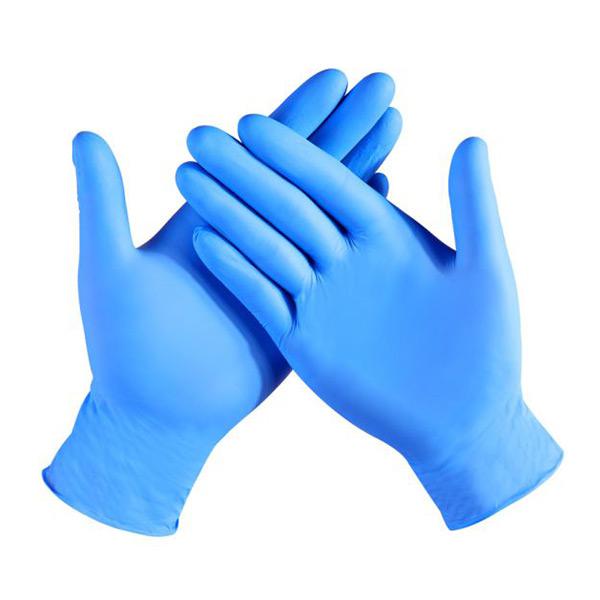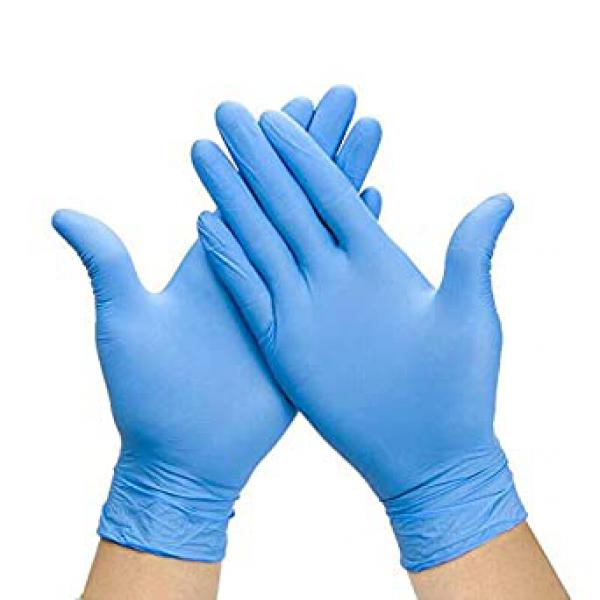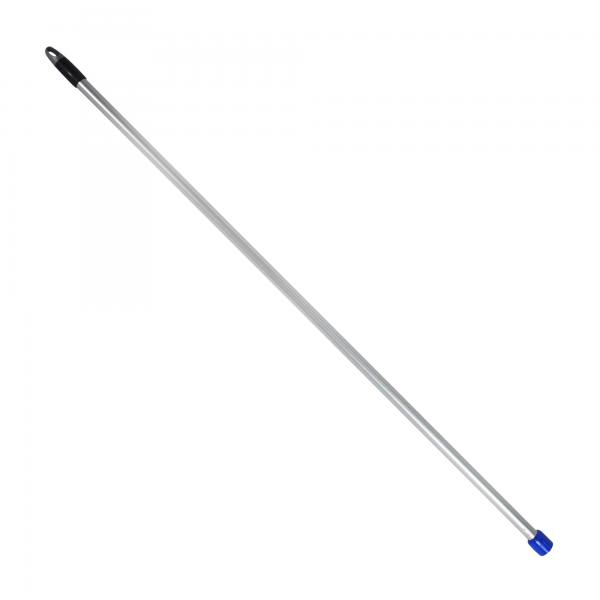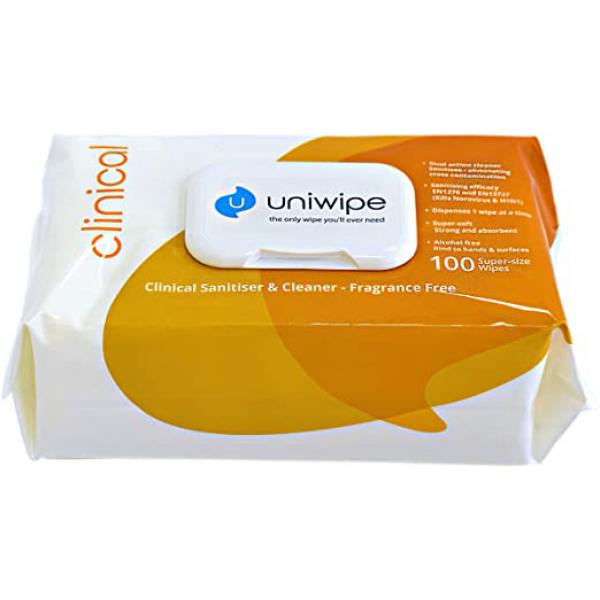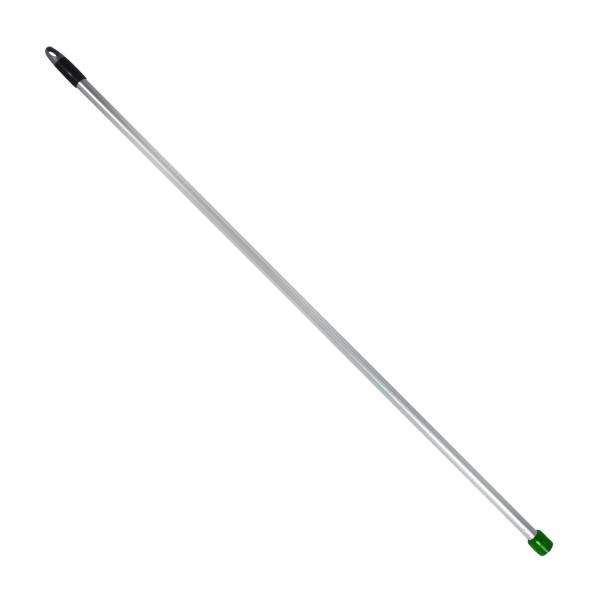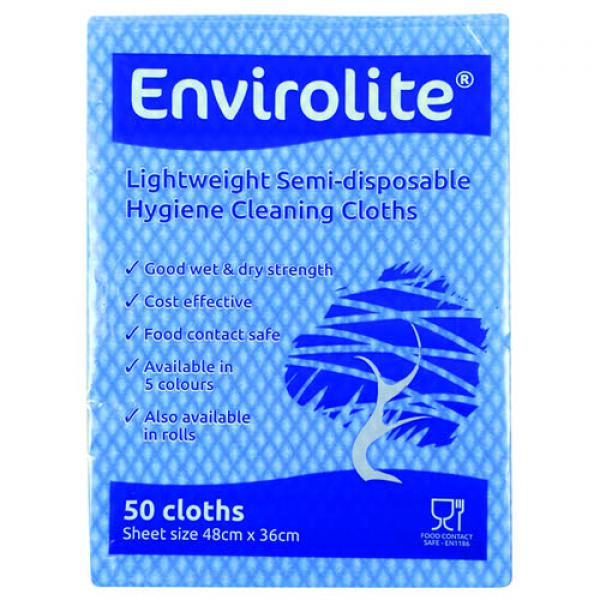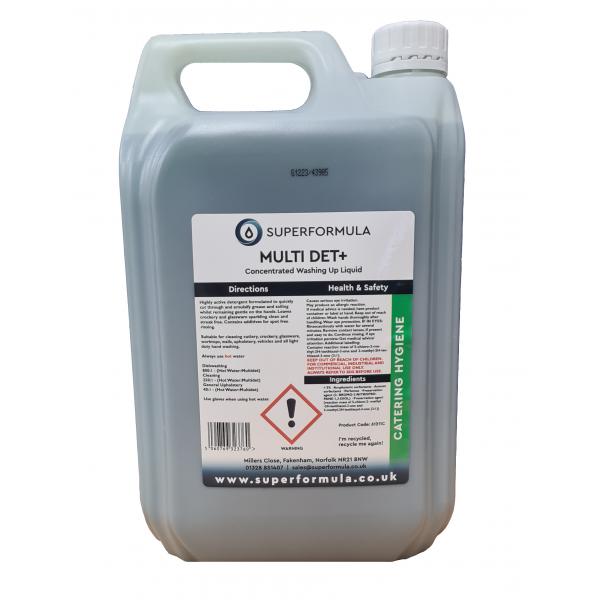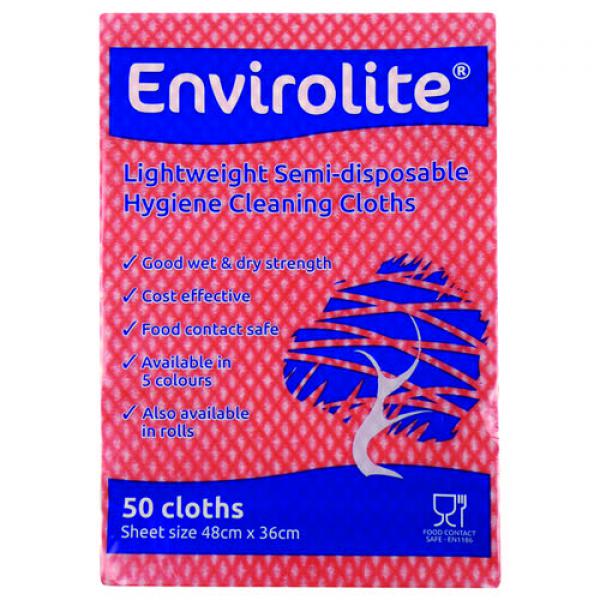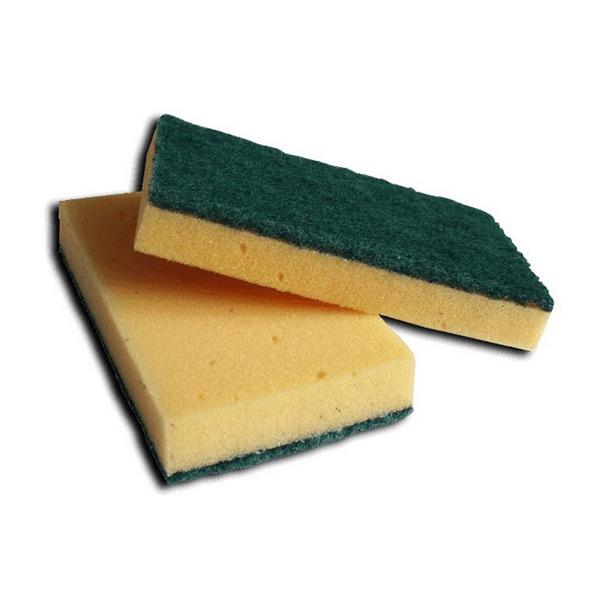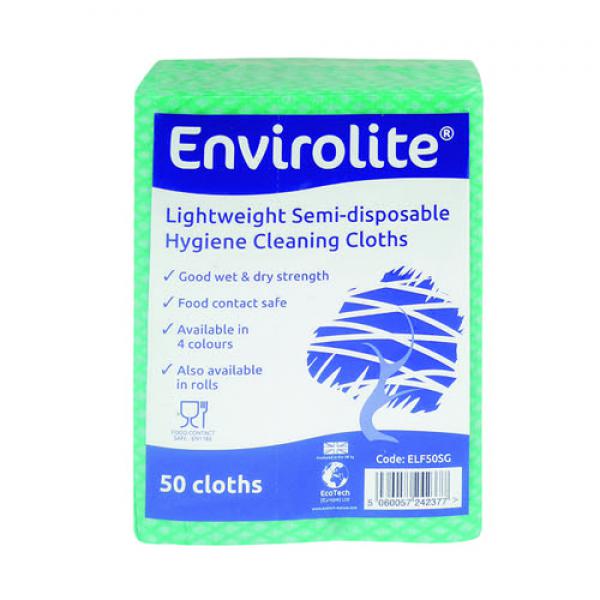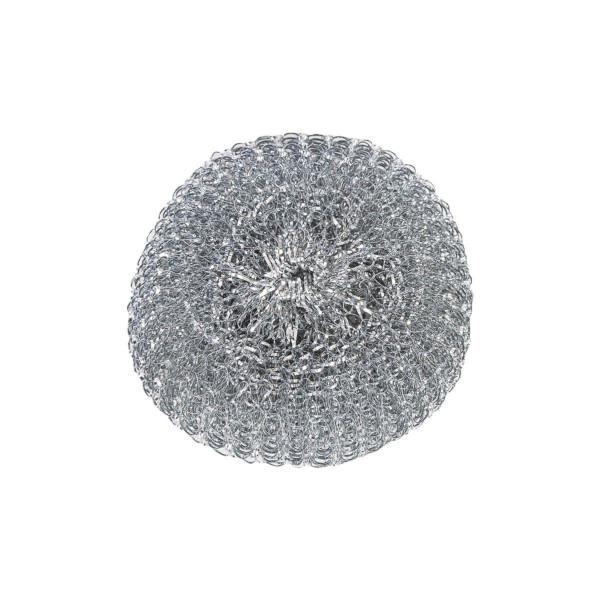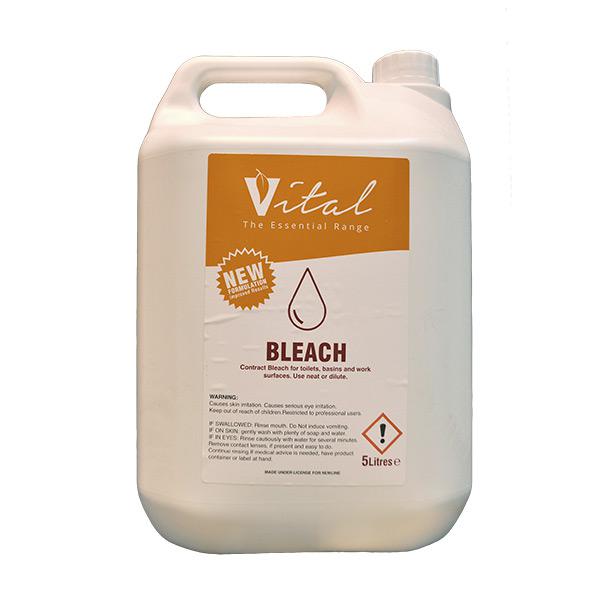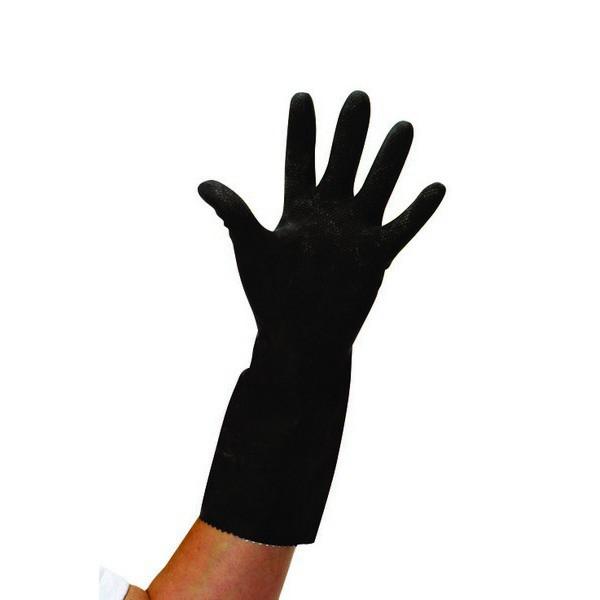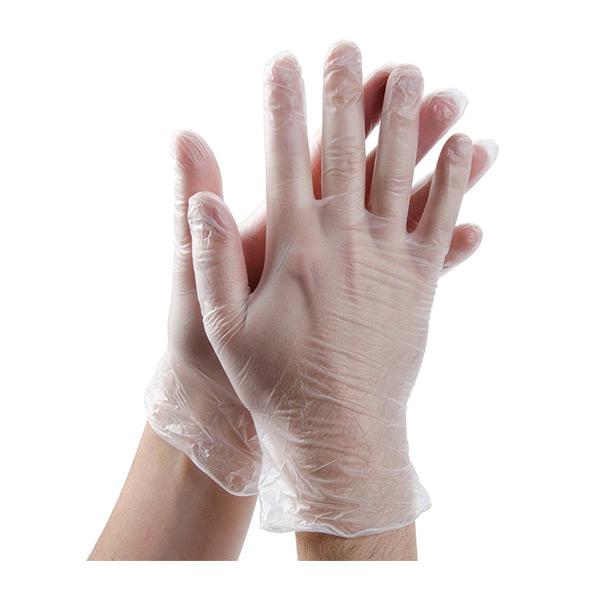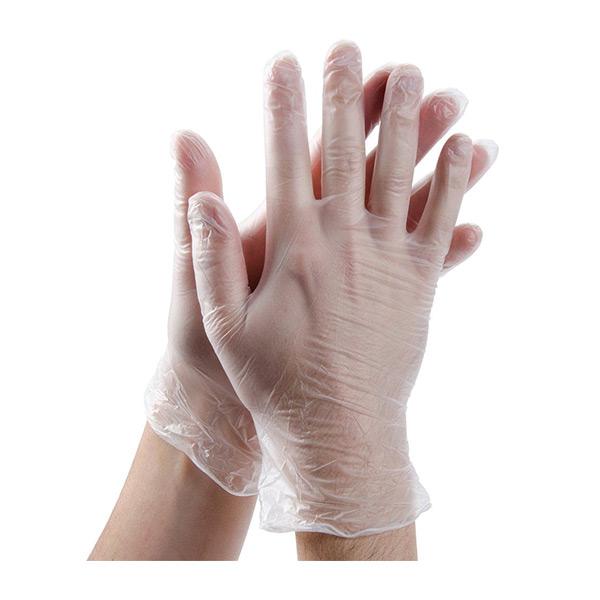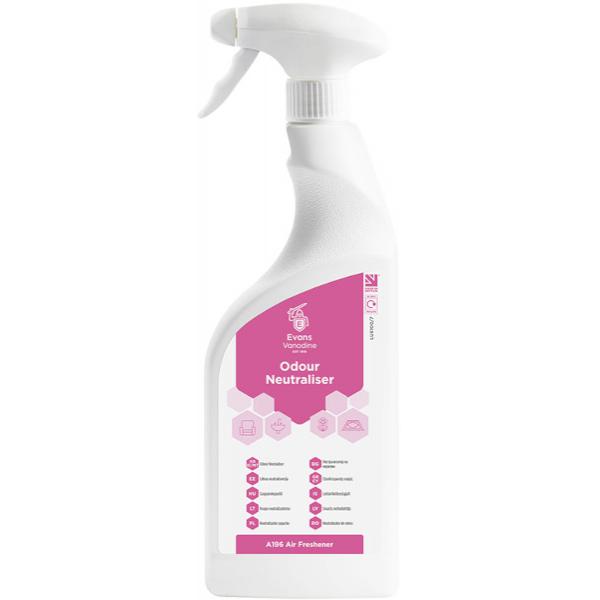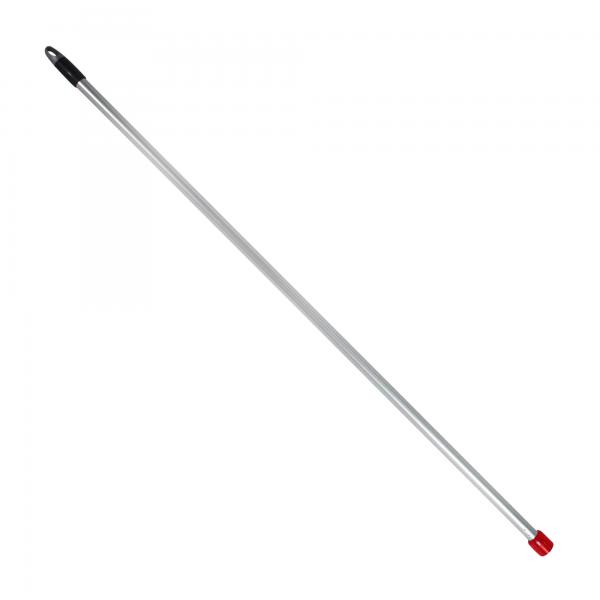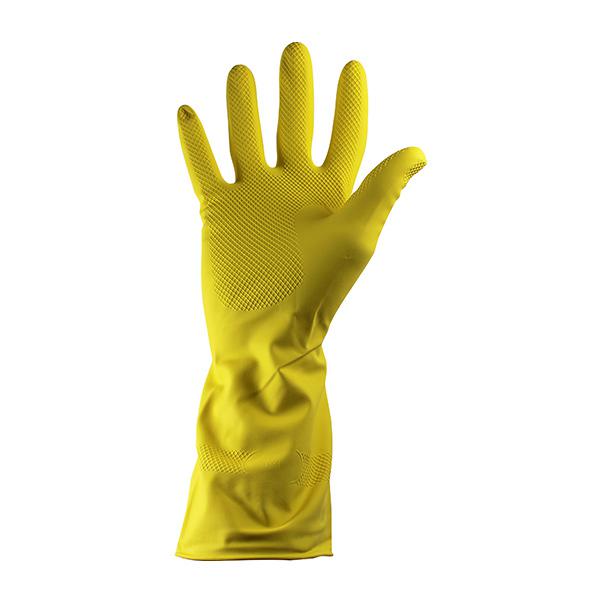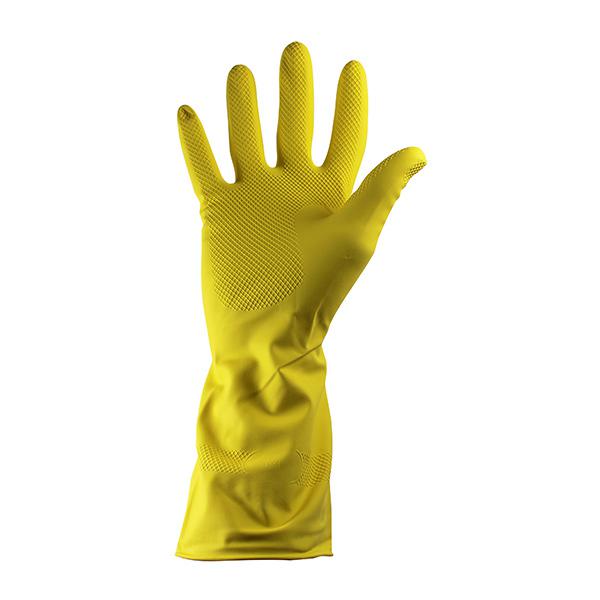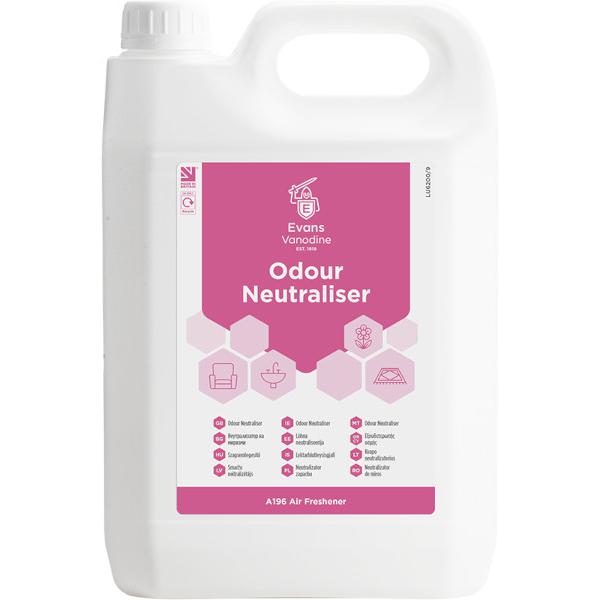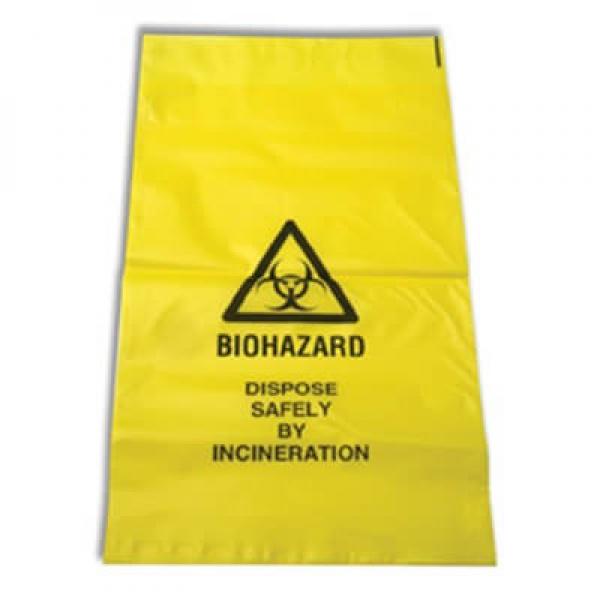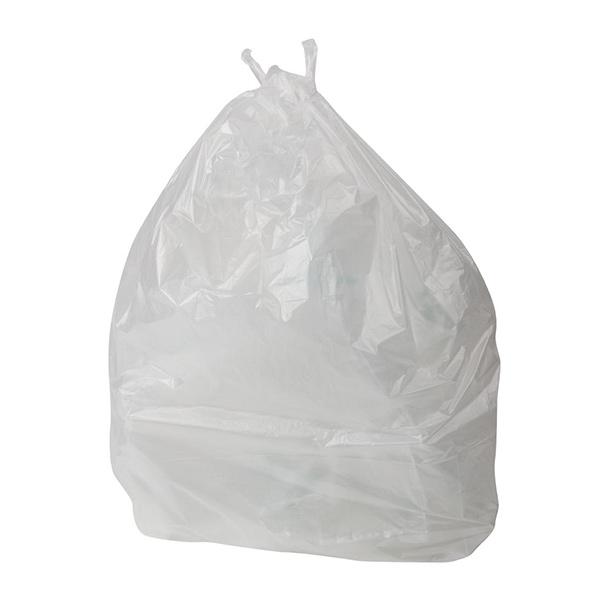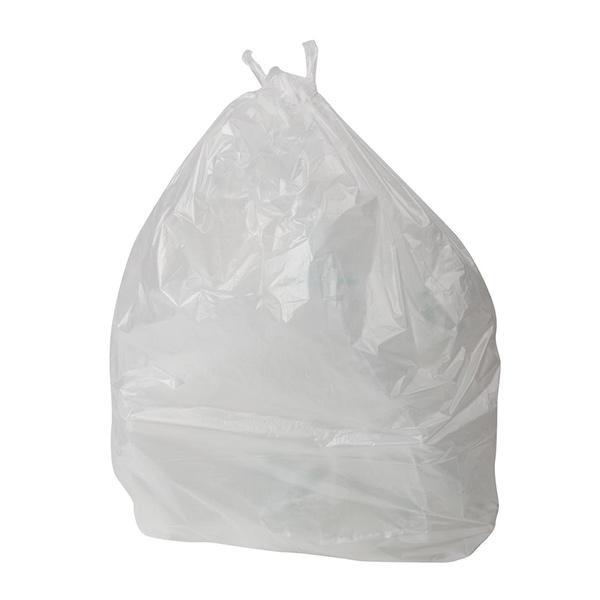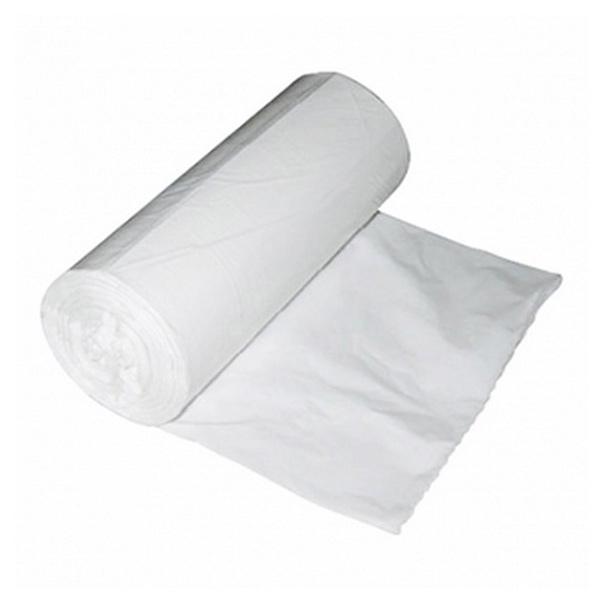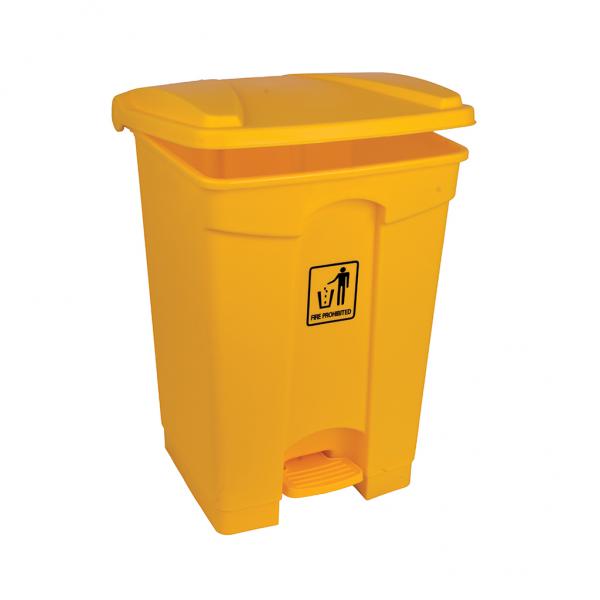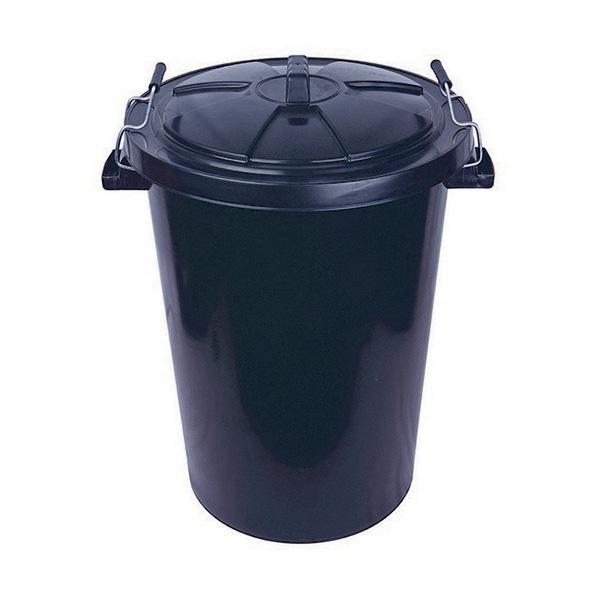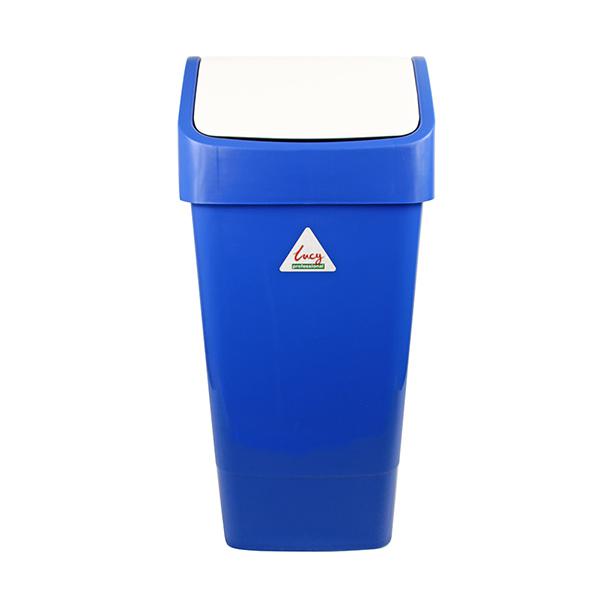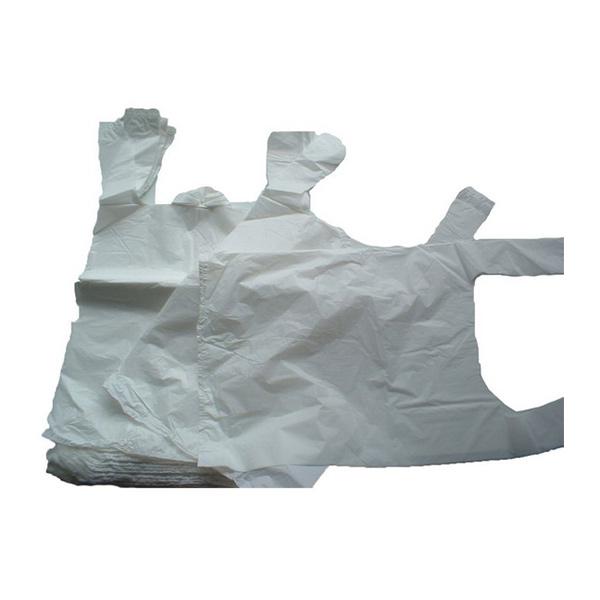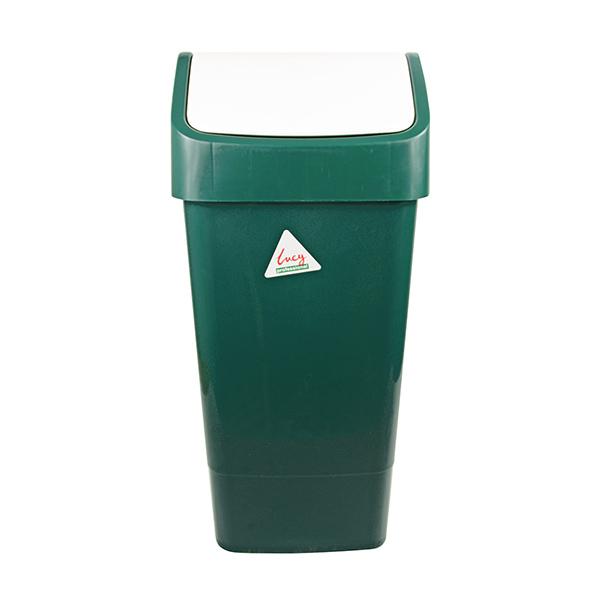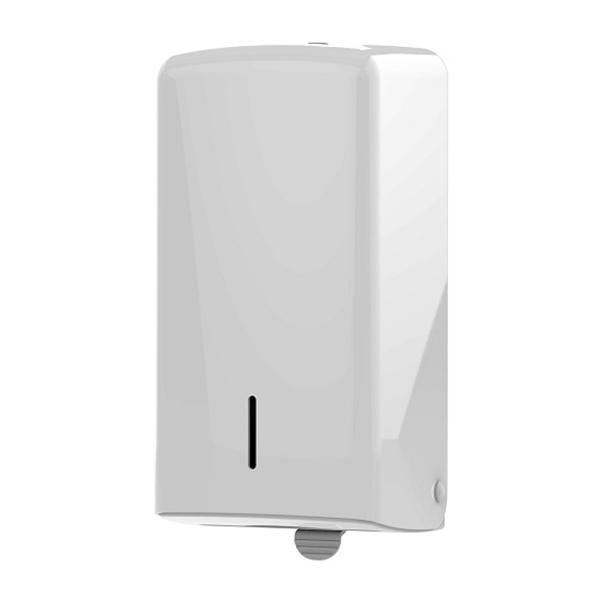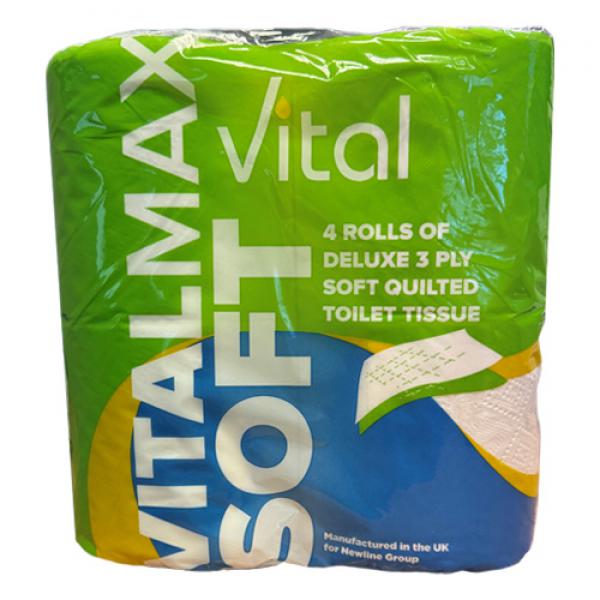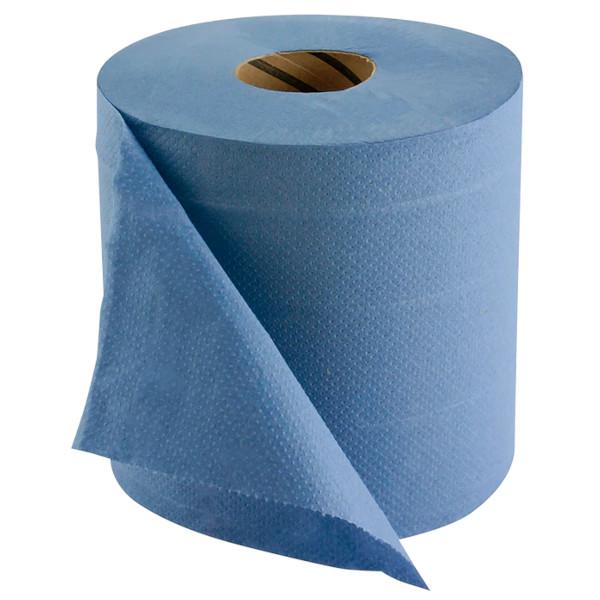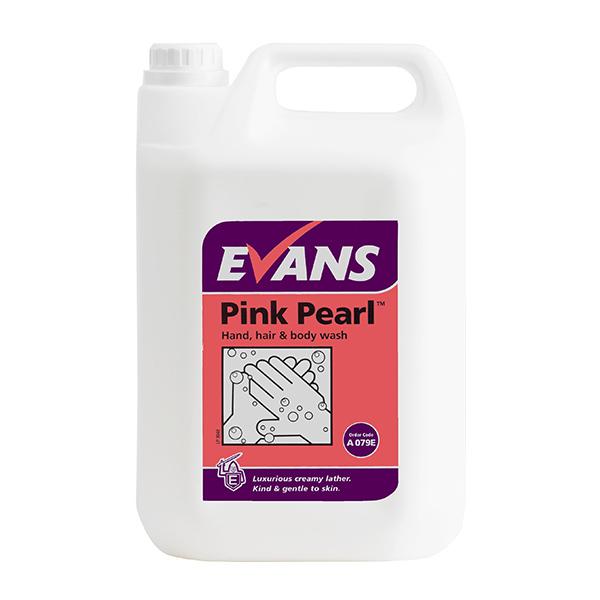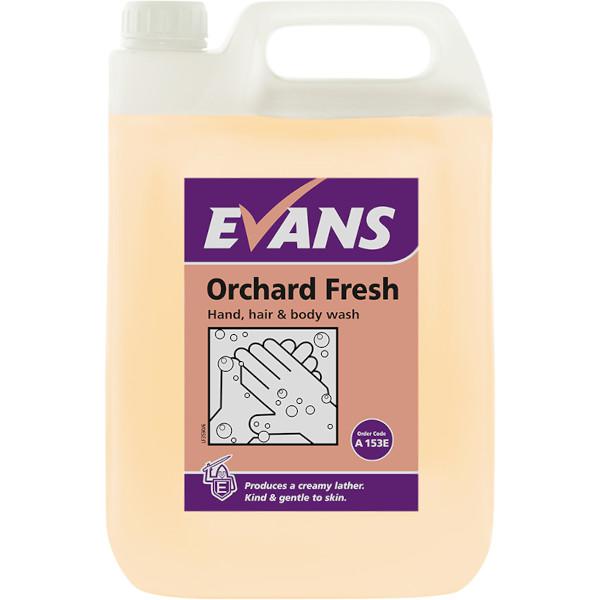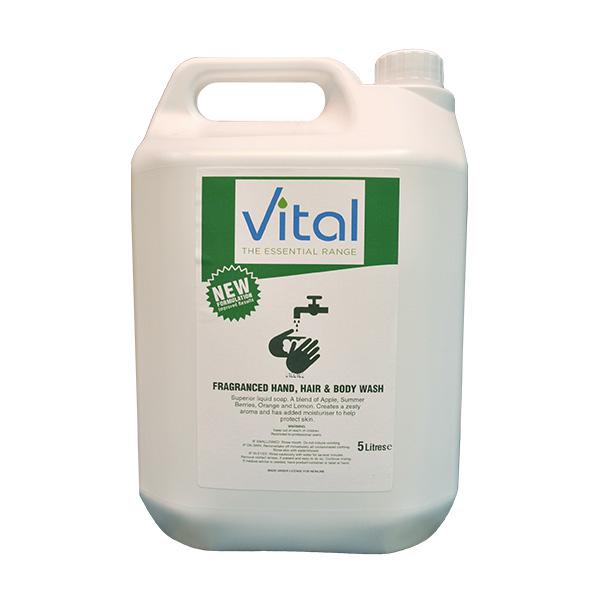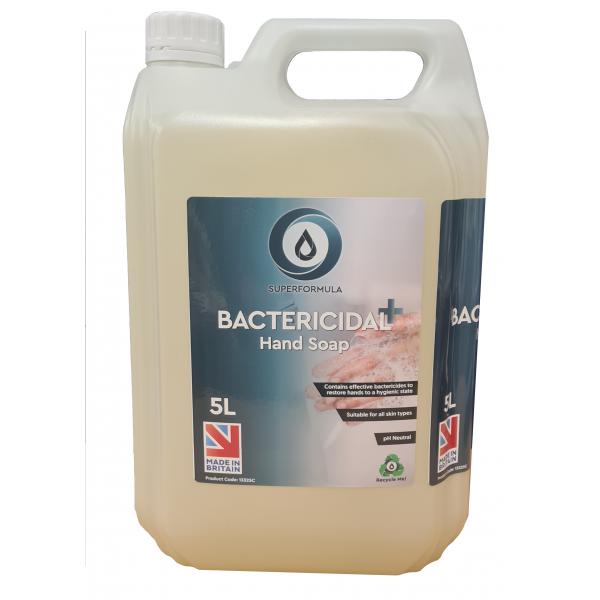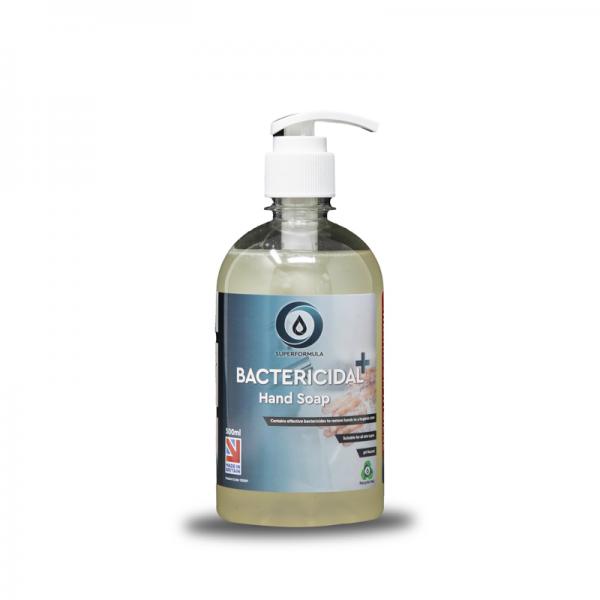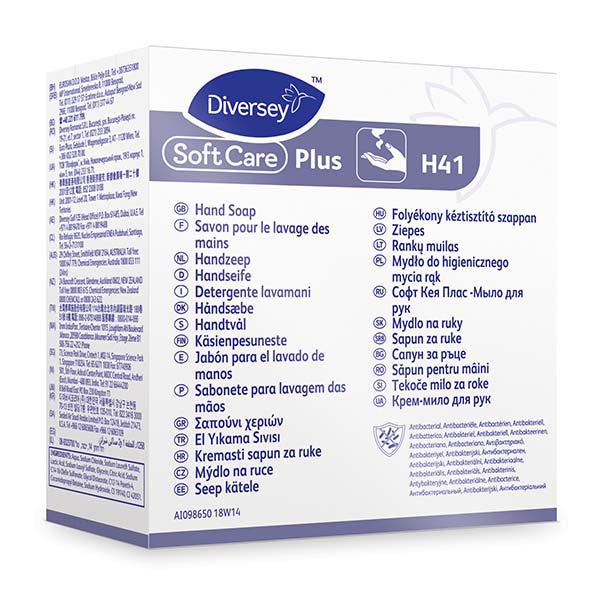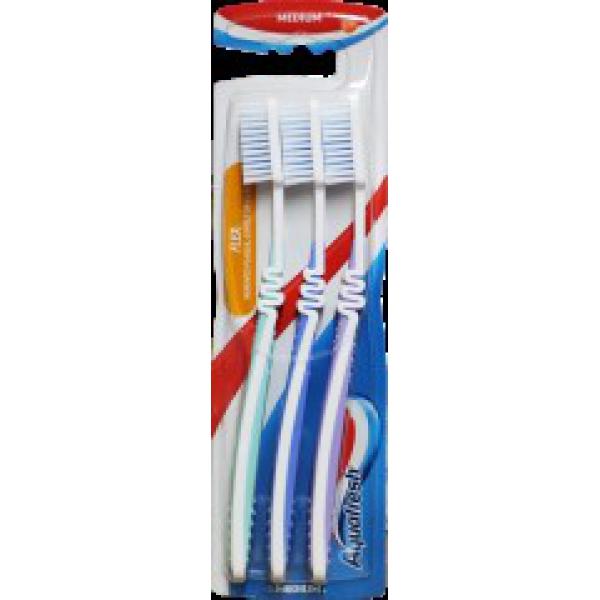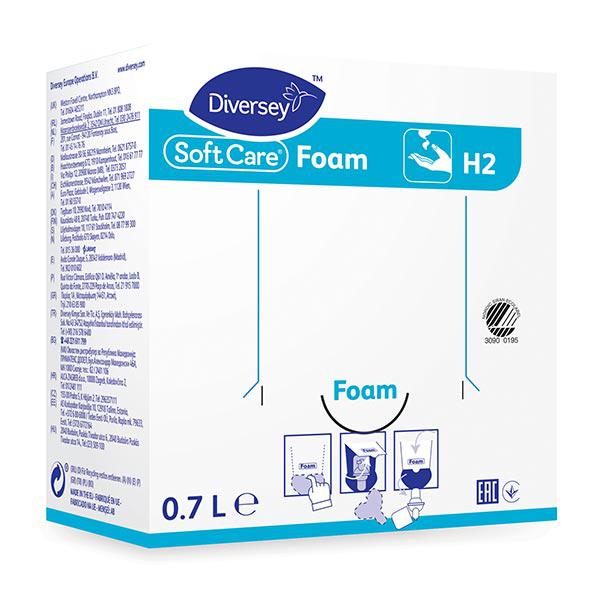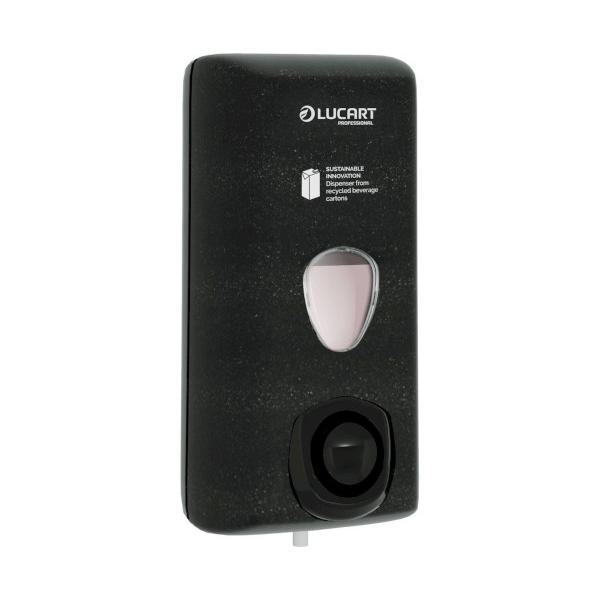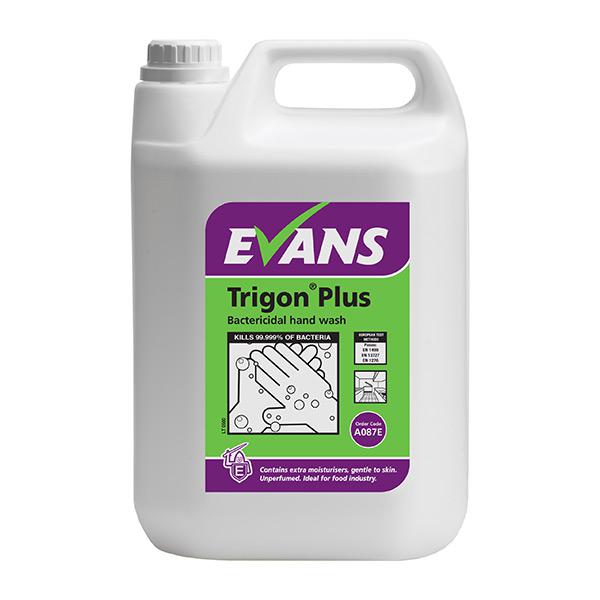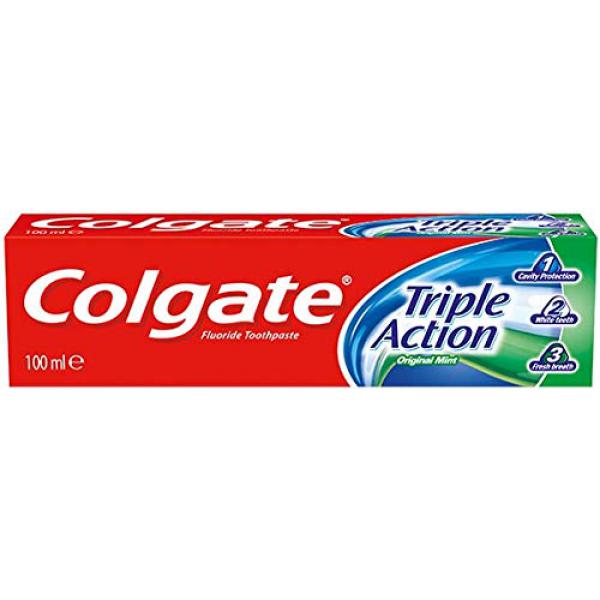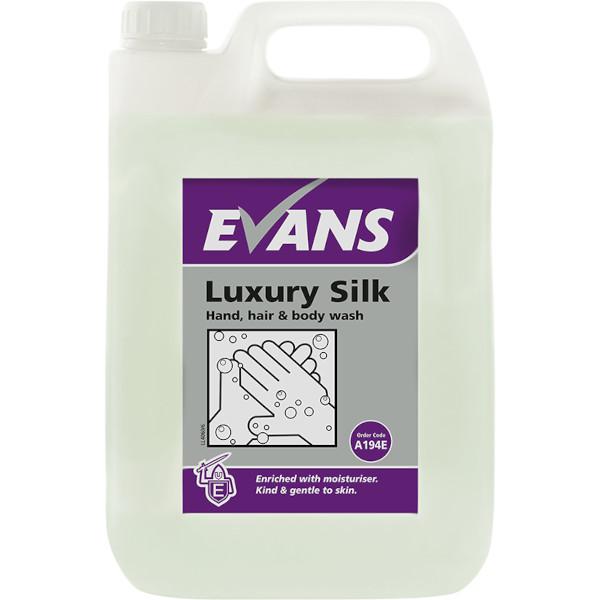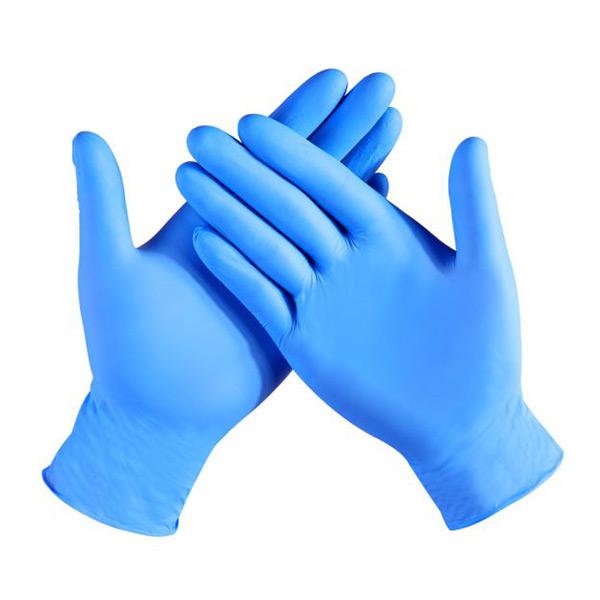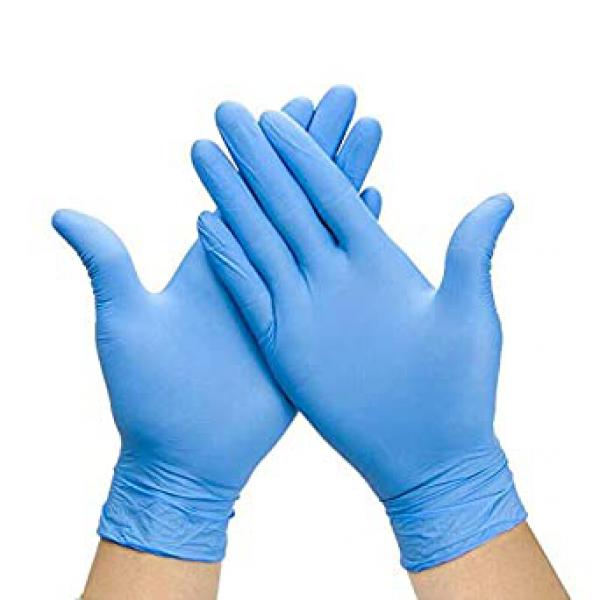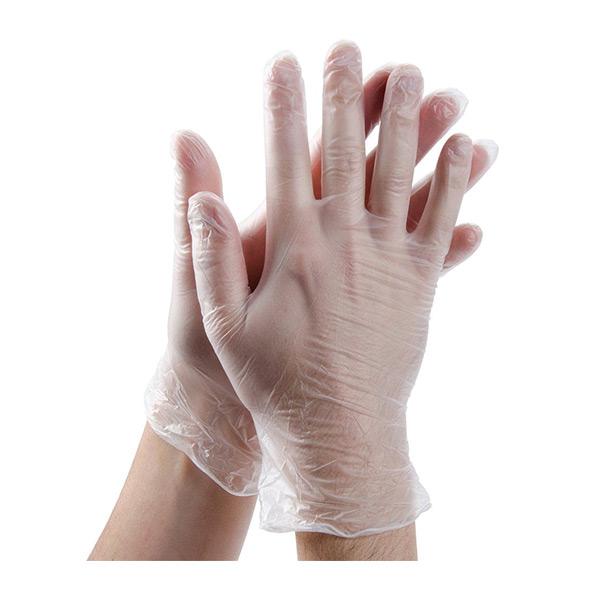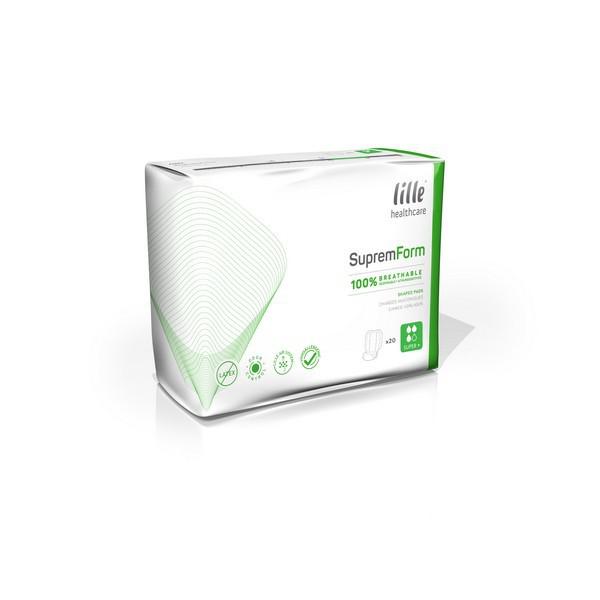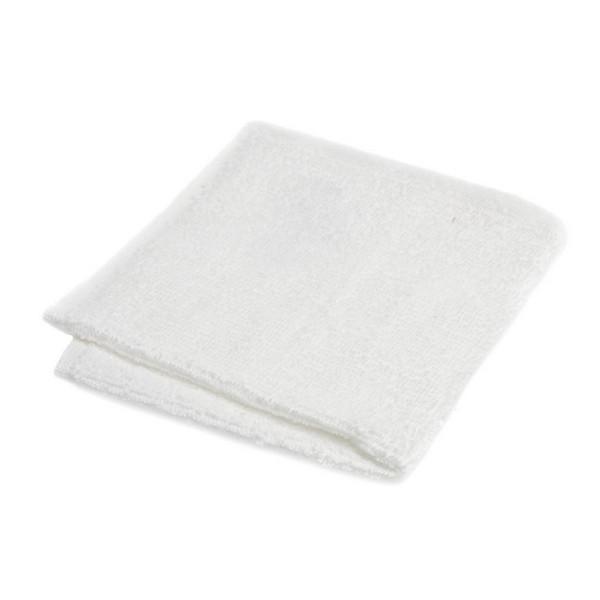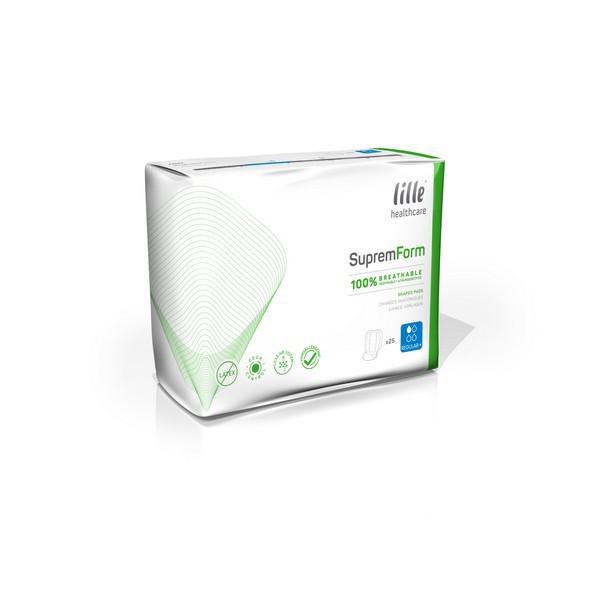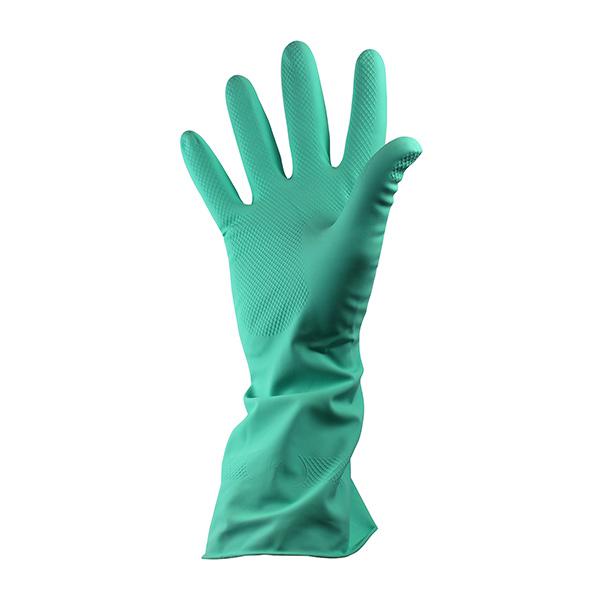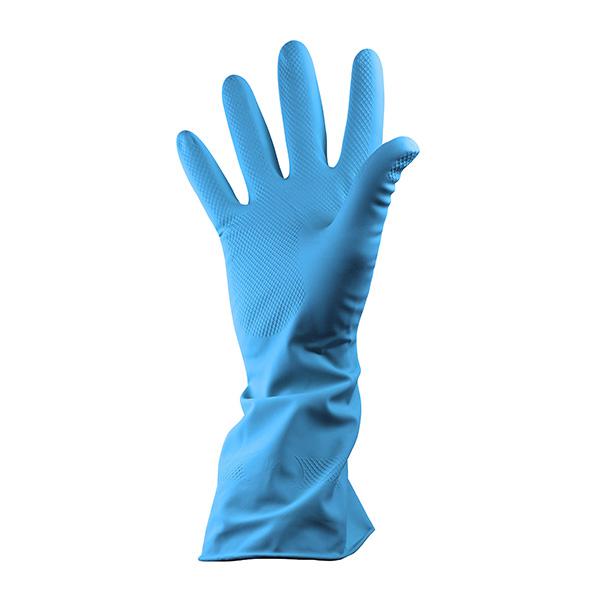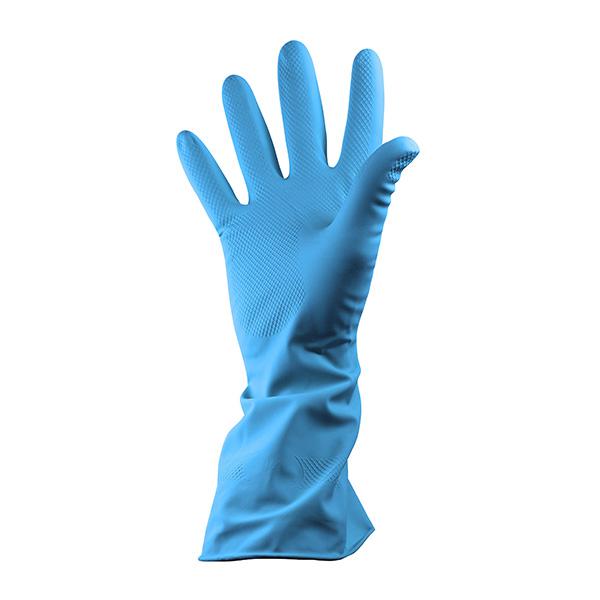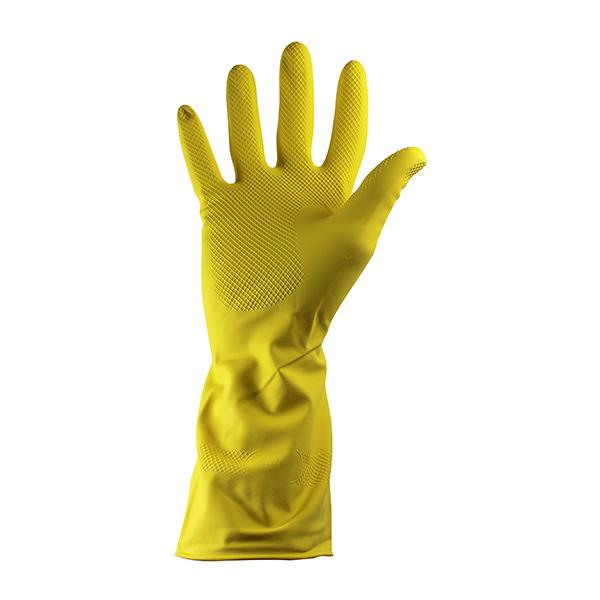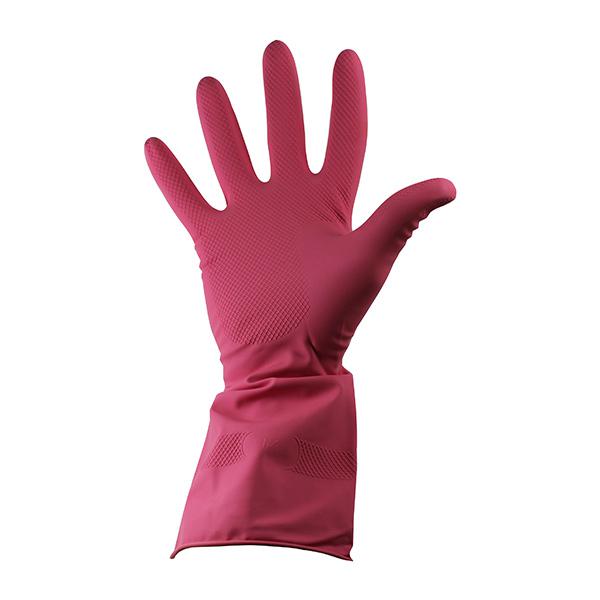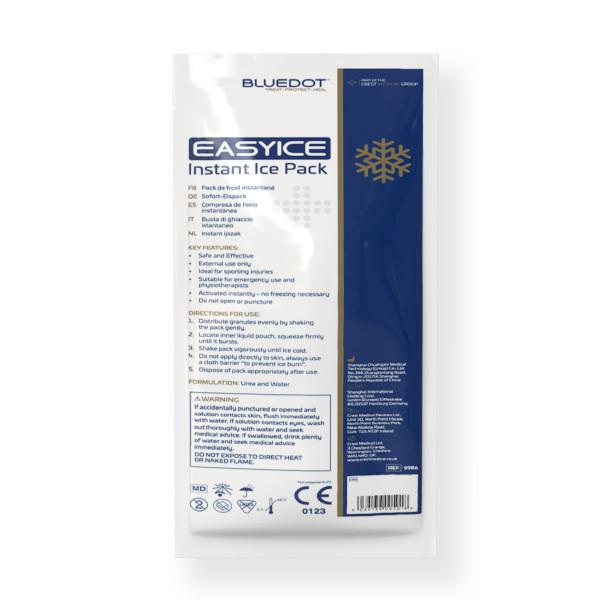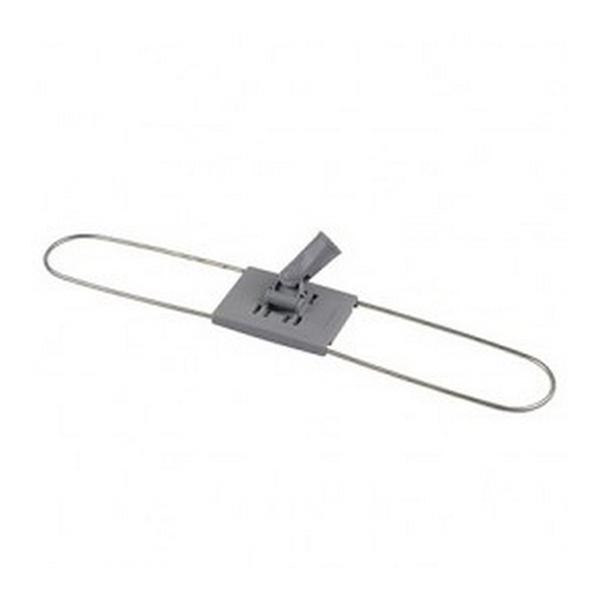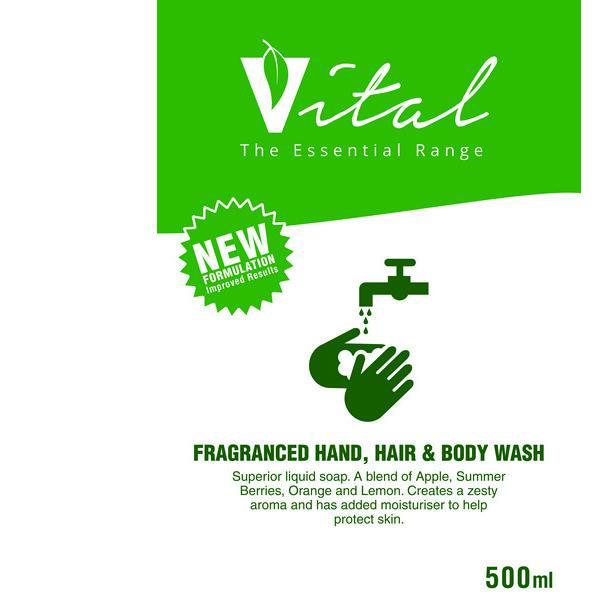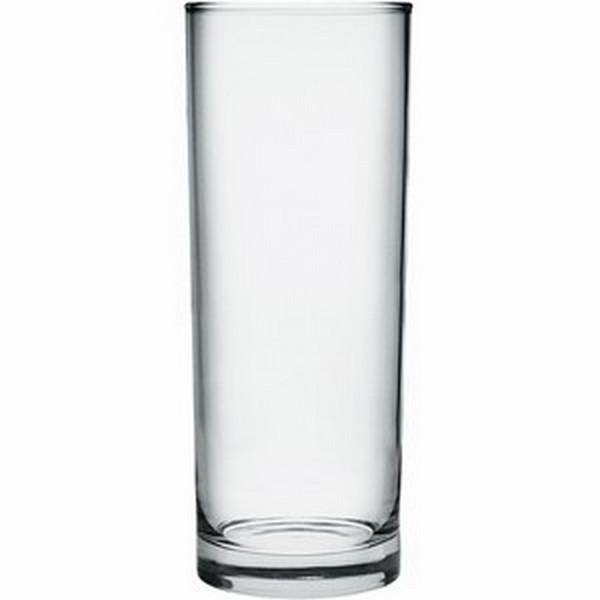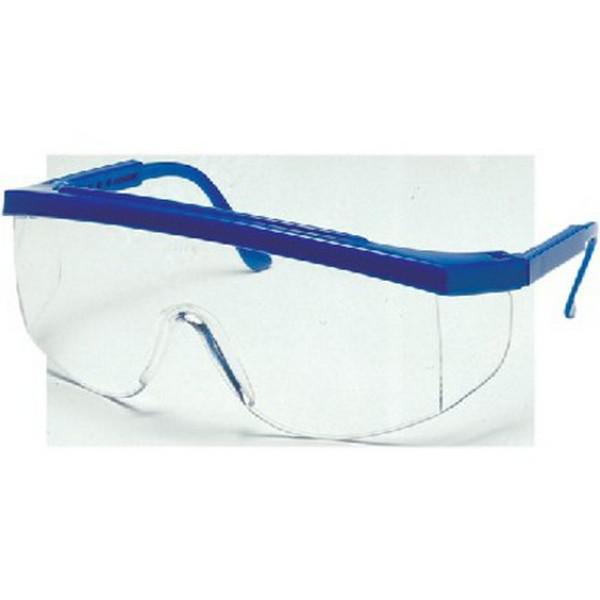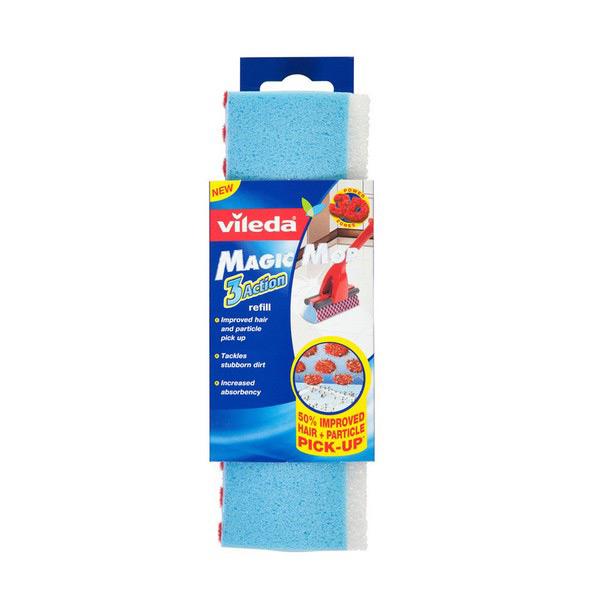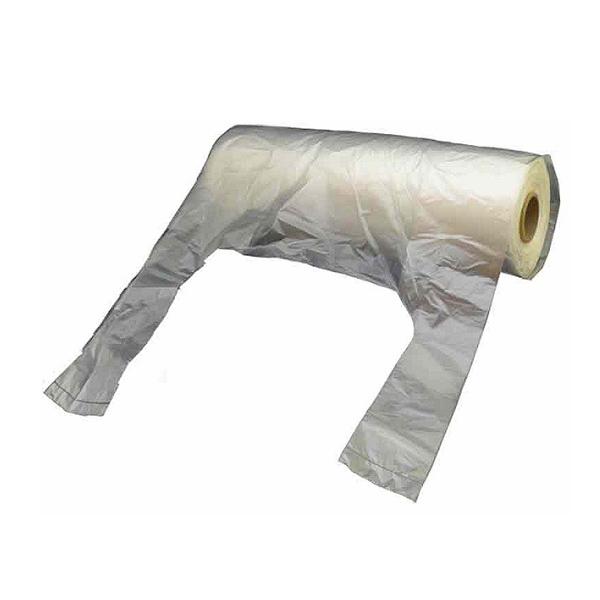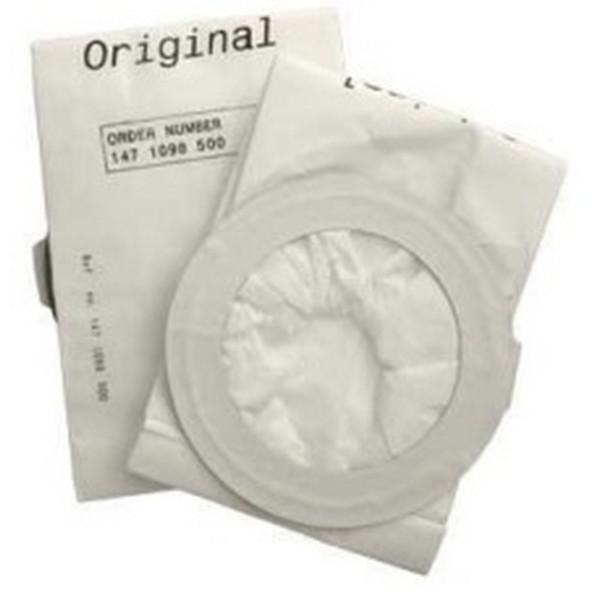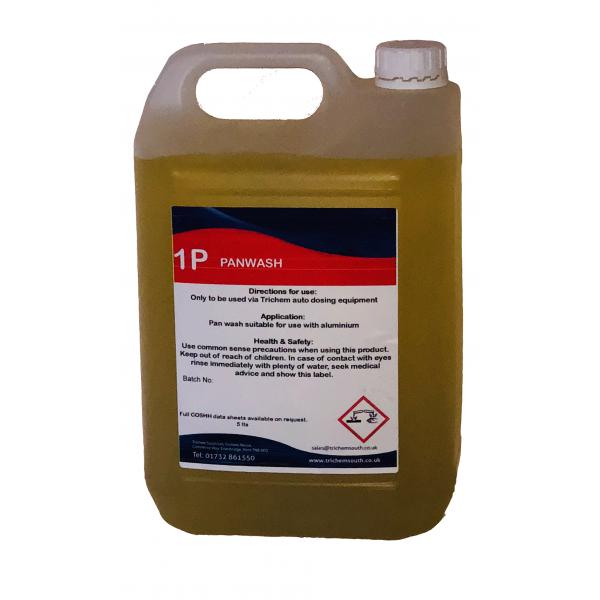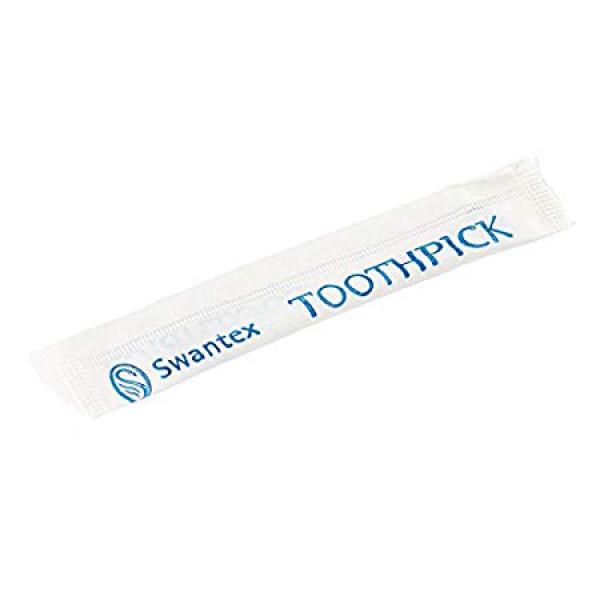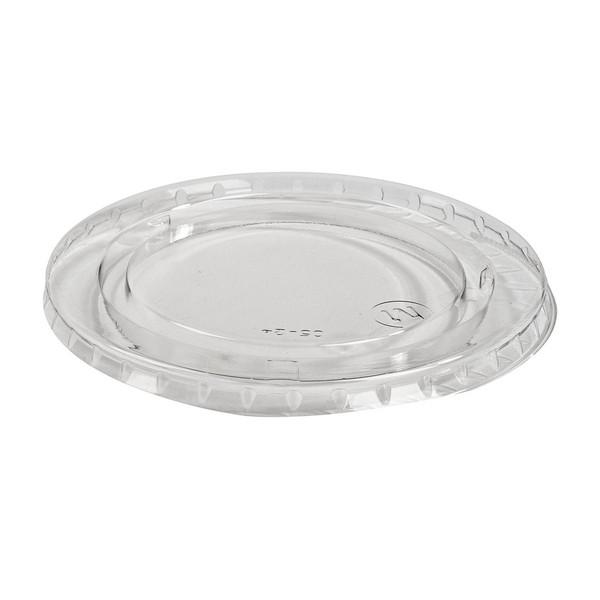Infection Control
Infection control prevents or stops the spread of infections in healthcare settings.
How Infections Spread
Germs are a part of everyday life and are found in our air, soil, water, and in and on our bodies. Some germs are helpful, others are harmful. Many germs live in and on our bodies without causing harm and some even help us to stay healthy. Only a small portion of germs are known to cause infection.
What causes Infections?
An infection occurs when germs enter the body, multiply in number, and causes the body to react to the invasion.
Three things are necessary for an infection to occur:
- Source: Places where infectious germs live (for example sinks, surfaces, human skin)
- Susceptible Person with a way for germs to enter the body
- Transmission: a way germs are moved to the person who is susceptible.
Source
A Source is an infectious agent which can be a virus, bacteria, or other microbe.
Germs are found in many places in a healthcare setting, often people are the source of germs.
These include:
- Patients
- Healthcare workers
- Visitors and household members
People can be sick with symptoms of an infection or colonized with germs (not have symptoms of an infection but able to pass the germs to others).
Germs are also found in the healthcare environment.
Areas to be particularly careful of in the healthcare setting are:
- Dry surfaces in patient care areas (e.g., bed rails, medical equipment, countertops, and tables)
- Wet surfaces, moist environments, and biofilms (e.g., sinks and taps, shower areas)
- Indwelling medical devices (e.g., catheters and IV lines)
- Contact touch points such as hand rails, light switches, push plates on doors, telephones, any area in fact that will be touched in the same area by numerous people in their everyday use.
Susceptible Person
A susceptible person is someone who is not vaccinated or otherwise immune, or a person with a weakened immune system who has a way for the germs to enter the body. For an infection to occur, germs must enter a susceptible person’s body and invade tissues, multiply, and cause a reaction.
Transmission
Transmission refers to the way germs are moved to the susceptible person.
Germs don’t move themselves. Germs depend on people, the environment, and/or medical equipment to move in healthcare settings.
There are a few general ways that germs travel in healthcare settings – through contact (i.e., touching), sprays and splashes, inhalation, and sharps injuries (i.e., when someone is accidentally stuck with a used needle or sharp instrument).
- Contact moves germs by touch (example: MRSA or VRE). For example, healthcare provider hands become contaminated by touching germs present on medical equipment or high touch surfaces and then carry the germs on their hands and spread to a susceptible person when proper hand hygiene is not performed before touching the susceptible person. See Skin Care
- Sprays and splashes occur when an infected person coughs or sneezes, creating droplets which carry germs short distances (within approximately 6 feet). These germs can land on a susceptible person’s eyes, nose, or mouth and can cause infection. See PPE & First Aid
- Close range inhalation occurs when a droplet containing germs is small enough to breathe in but not durable over distance.
- Inhalation occurs when germs are aerosolized in tiny particles that survive on air currents over great distances and time and reach a susceptible person. Airborne transmission can occur when infected patients cough, talk, or sneeze germs into the air (example: TB or measles), or when germs are aerosolized by medical equipment or by dust from a construction zone (example: Nontuberculous mycobacteria or aspergillus). See Air Care
- Sharps injuries can lead to infections (example: HIV, HBV, HCV) when bloodborne pathogens enter a person through a skin puncture by a used needle or sharp instrument.
The Care Quality Commission
The Care Quality Commission are the independent regulator of health and adult social care in England. Their job is to make sure health and social care services provide people with safe, effective, compassionate, high-quality care.
When their inspectors visit healthcare environments they are looking at how well staff and people living in care homes are protected by infection prevention and control (IPC).
Typical areas they will look at and ask questions about are:
- What measures can you see in place to prevent relatives and friends, professionals and others visiting from spreading infection at the entrance and on entering the premises? See Hand Sanitiser and Thermometers
- What procedures must people follow during the visit? How is this communicated to people? Do the procedures appear to be complied with by visitors?
- What alternative arrangements to visiting in person have been put in place?
- How do staff and people using services achieve social distancing and shielding?
- What has been the impact on wellbeing of people using the service? How have they been supported? What arrangements have been maintained to enable people using the service to go out/return safely?
- What mitigation is in place where it is not always possible to socially distance? See Air Care
- Is isolation, cohorting and zoning implemented effectively where there is infection or an outbreak?
- Where and how are staff putting on and taking off PPE? See Newline PPE
- How is PPE disposed of after use?
- Do the levels of PPE used comply with current guidelines for hand wash and hand scrub? See Skin Care
- What specific PPE training has been provided during the pandemic?
Back to Articles

